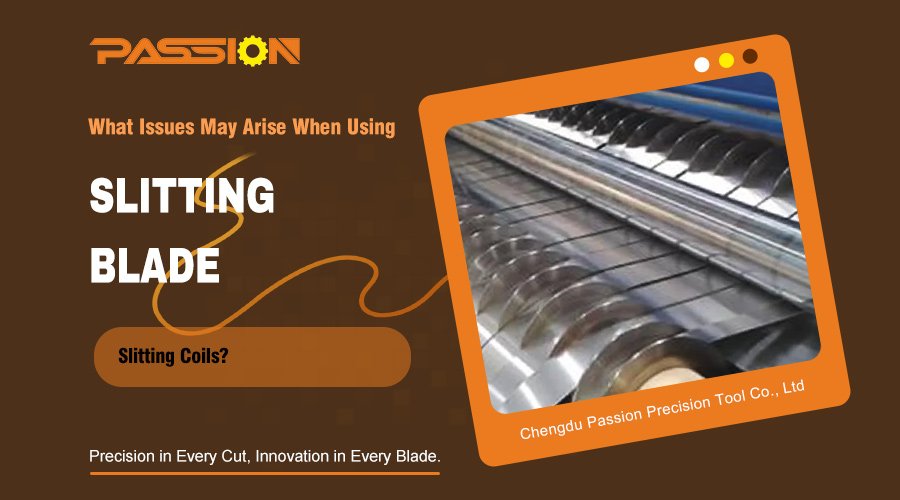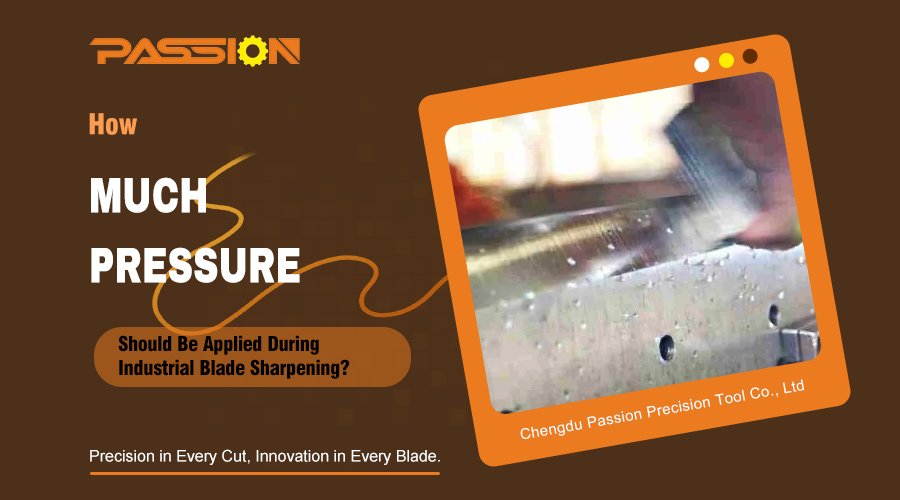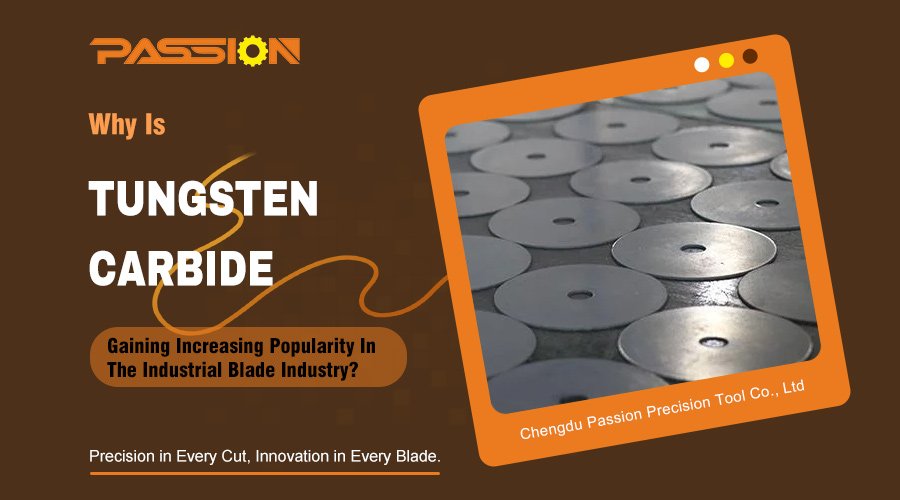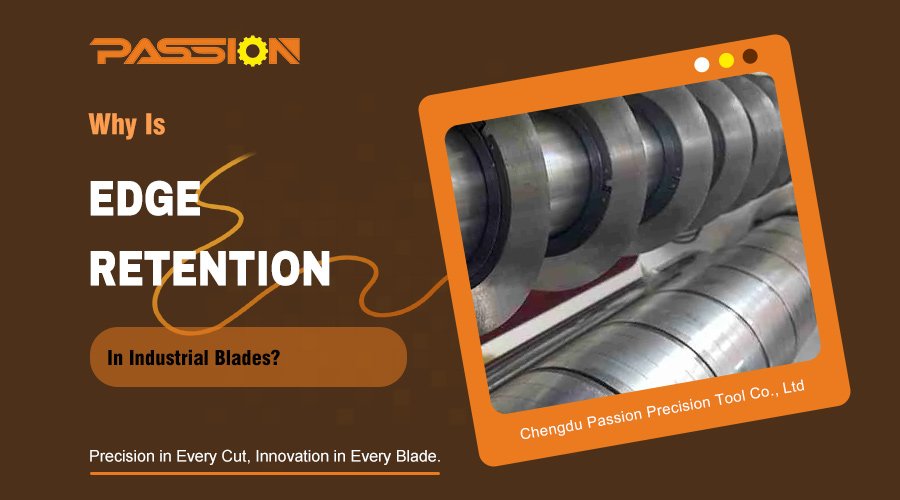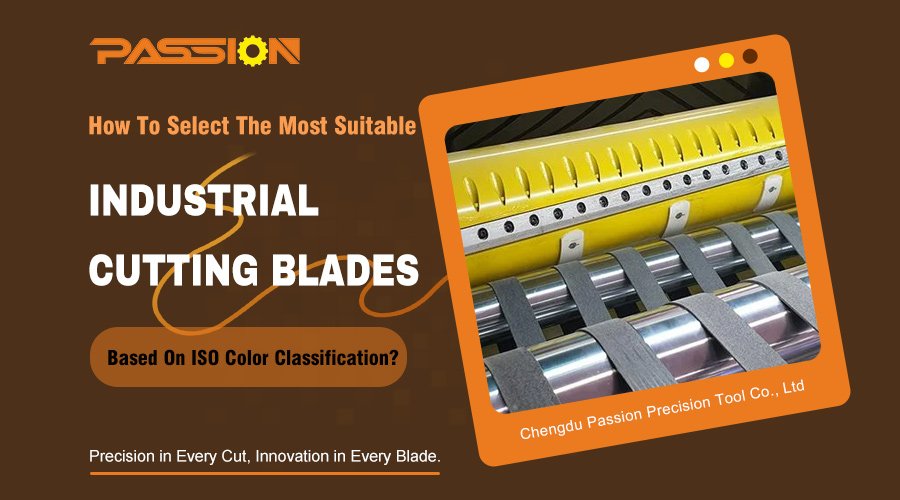In the design and manufacturing process of industrial blades, the geometric structure of the blade edge has always been one of the core focuses for engineers and users. The blade edge not only determines the sharpness of the blade but also directly impacts its service life, cutting precision, and material adaptability. Among the numerous details of edge design, the “step structure” is a highly representative and widely applied technology. Whether in the corrugated paper industry’s slitting blades or in fields such as tobacco, synthetic fibers, and packaging that demand extremely high cutting quality, step design plays a crucial role.
However, having a step structure alone is insufficient. The surface finish (mirroring degree) of the step surface is equally critical to the blade’s ability to perform cutting tasks stably, durably, and efficiently. In other words, the step structure addresses the “structure and force” aspect, while the surface finish determines the “friction and stability” aspect.
This article will systematically introduce the definition, structural principles, and manufacturing methods of step structures on industrial blade edges, analyze their primary functions during actual cutting processes, explore the importance of surface finish on step surfaces, and finally illustrate the application value of this design concept through typical blade examples.
What Is The Step Structure Of Industrial Cutting Blades?
The step structure, as the name suggests, refers to a hierarchical step geometry formed through design and processing in the cutting edge or the area near the cutting edge of an industrial blade. It is not a random product of the overall cross-section of the blade, but the result of precise design and control.
From A Geometric Perspective:
The cutting edge of a blade usually needs to have a certain sharp Angle, and the step structure forms a plane or transition area behind the cutting edge, making the force on the cutting edge and the material cutting process more reasonable.
The step structure is often presented in the form of one high and one low step, making the blade not merely a simple wedge shape but a structure with a composite Angle and support surface.
From A Functional Perspective:
The step structure makes the blade not only sharp but also stable during the cutting process.
It enables the cutting force to be effectively dispersed and also reduces the chipping of the cutting edge caused by the reaction force of the material.
Common step structures can be found at:
- Slitting blades for the corrugated paper industry
- Blade for Tobacco industry
- Knives for the packaging industry
- Fiber and film cutting blades
The common feature of these industries lies in that the materials to be cut not only require neat cuts but also demand that the cutting tools be durable. The step structure precisely addresses this dual demand.
The Structural Principle And Manufacturing Method Of Step Design
1. Structural Principles
The core principles of step design can be analyzed from two dimensions: “mechanics” and “cutting mechanics”.
Mechanical Support Effect
- The cutting edge is subjected to significant concentrated stress during the cutting process. If only a single wedge-shaped structure is relied on, it is very likely that chipping or curling will occur.
- The steps provide an additional support platform, allowing the cutting force to be gradually transmitted rather than concentrated at the shartest points.
Anti-Friction And Guiding Functions
- The surface of the step acts as a buffer layer. When cutting, the material first comes into contact with the step and then enters the cutting edge, thereby reducing direct friction.
- This not only enhances the smoothness of cutting, but also reduces heat generation and blade wear.
Geometric Angle optimization
- By designing steps on the cutting edge, the relationship between the rake Angle, relief Angle and cutting Angle can be flexibly controlled.
- For instance, in a slitting blade, steps can keep the blade edge sharp without being overly fragile.
2. Manufacturing Method
The manufacturing methods of step structures mainly include the following types:
Precision Grinding
- A CNC grinding machine is used to grind steps of specific angles and depths at the cutting edge position.
- Advantages: High precision, suitable for mass production.
Wire Cutting and electrical Discharge Machining (EDM)
- For complex step shapes, electric spark discharge or wire cutting methods are utilized to achieve this.
- Advantages: Flexible processing, but relatively low efficiency.
CNC milling and forming tool processing
- Step geometries are directly milled out at the blank or semi-finished product stage.
- Advantages: Suitable for large-sized or non-standard step designs.
Compound processing
- In actual industry, a combined method of rough machining and fine grinding is often adopted.
- For example: First, roughly mill out the steps, and then achieve precision and mirror finish through grinding.
It can be said that the step structure does not exist by chance but is an art that combines geometry and technology in blade manufacturing.
The Primary Functions Of The Stepped Structure
The role of the stepped structure in industrial blades can be summarized as follows:
Enhancing Edge Strength
- The stepped structure provides an additional “backing” for the edge, reducing stress concentration.
- Experiments have shown that blades made of the same material with a stepped edge can achieve over a 30% improvement in resistance to chipping.
Improving Cutting Quality
- The step structure stabilizes the cutting process, improving the flatness of the cut.
- In the tobacco industry, step designs effectively prevent frayed edges on cut strands. In the corrugated paper industry, they maintain neat cut edges without burrs.
Extending Blade Lifespan
- Steps reduce areas of direct friction and wear.
- Under the same conditions, blade lifespan is often extended by 1.5 to 2 times.
Reducing Cutting Energy Consumption
- By optimizing angles and guidance, steps reduce cutting resistance.
- The reduction in energy consumption is particularly noticeable during large-scale continuous cutting.
Adapting To Various Materials
- Different materials have varying requirements for cutting tools, and step designs can be adjusted geometrically to suit specific materials.
- For example, for tough fibrous materials, steps reduce pulling deformation; for brittle materials, they minimize chipping.
As such, steps are not merely structural details but performance enhancers for blades.
The Necessity Of Mirror Finish On Step Surfaces
Steps serve an important purpose, but if their surface roughness is too high, it can have negative effects. Therefore, mirror finish has become an indispensable aspect of step design.
Definition Of Mirror Finish
Mirror finish refers to the smoothness of the blade step surface, achieved through processes such as polishing and precision grinding to control surface roughness at an extremely low level, approaching a mirror-like effect.
It is typically measured using the Ra value (average surface roughness):
- Standard steps: Ra 0.4–0.8 μm
- High-precision steps: Ra 0.1–0.2 μm
- Ultra-mirror-like step: Ra ≤ 0.05 μm
The Role Of Mirror Finish
Reducing Friction Resistance
- A smooth step reduces the friction coefficient of the material during cutting.
- This directly reduces heat generation and energy consumption.
Preventing Material Adhesion
- In the cutting of plastic films or tapes, rough steps are prone to adhering residues, affecting cutting quality.
- Mirror finishing effectively prevents this issue.
Improve Cut Quality
- Mirror steps ensure smooth edges after material cutting, avoiding burrs and scratches.
Enhance Wear Resistance
- Smooth surfaces are less prone to micro-cracks, thereby extending blade lifespan.
Therefore, steps and mirror finish complement each other: steps provide geometric advantages, while mirror finish ensures optimal performance.
For more information on mirror finishing techniques for industrial blades, please refer to this article ”Mirror Finish For Industrial Blades – The Perfect Combination Of Precision And Performance”.
Application Examples Of Step Design In Typical Blades
Corrugated Paper Slitting Knife
- The step structure ensures proper engagement between the upper and lower blades, guaranteeing straight cuts without burrs.
- Highly polished steps prevent paper debris buildup, enhancing slitting stability.

Tobacco Cutting Blade
- The step design stabilizes the cutting process, preventing uneven breakage of tobacco fibers.
- Mirror-finished steps prevent tobacco fibers from sticking together, improving product consistency.

Chemical Fiber Cutting Blade
- The step design reduces fiber stringing.
- High-mirror-finished steps prevent fiber stringing, improving cutting precision.

Packaging Film Cutting Knife
- The step design ensures a smoother cutting process and neat film edges.
- High-gloss mirror-finished steps effectively reduce static adhesion of the film.

CNC Digital Blade
- In automated equipment, the step structure maintains long-term stable processing accuracy.
- High-gloss mirror-finished steps ensure consistent cutting parameters and reduce errors.

The stepped structure of industrial blade edges is not merely a simple geometric detail, but rather an integrated design achievement that combines mechanics, cutting theory, and manufacturing technology. By optimizing force distribution, reducing friction, and enhancing edge strength, it significantly improves the cutting quality and lifespan of the blade. When combined with mirror finish, its effectiveness is further amplified, ensuring high-precision cutting while also addressing the demands of complex and varied materials.
Under the modern industrial demands for high efficiency and quality, the step + mirror finish combination has become the “golden standard” in blade design. For users, this means lower maintenance costs and higher production efficiency; for manufacturers, it represents a key indicator of competitiveness and technological capability.
In the future, with the further development of CNC machining and surface treatment technologies, step designs will become increasingly refined, and mirror finish will approach theoretical limits, thereby driving industrial blades to achieve higher levels of application in more fields.


